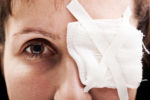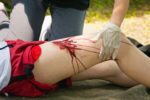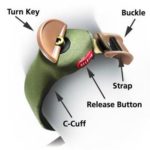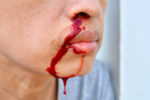Eye injuries are surprisingly common, and there are many different types of eye injury. Chemical Contaminants If you get a chemical into the eye, it needs to be washed out as soon as possible. Ideally, you should use either an eyewash station (common in factories and laboratories) or proper eyewash, normally a type of […]








